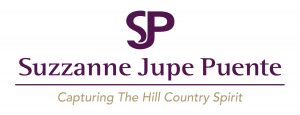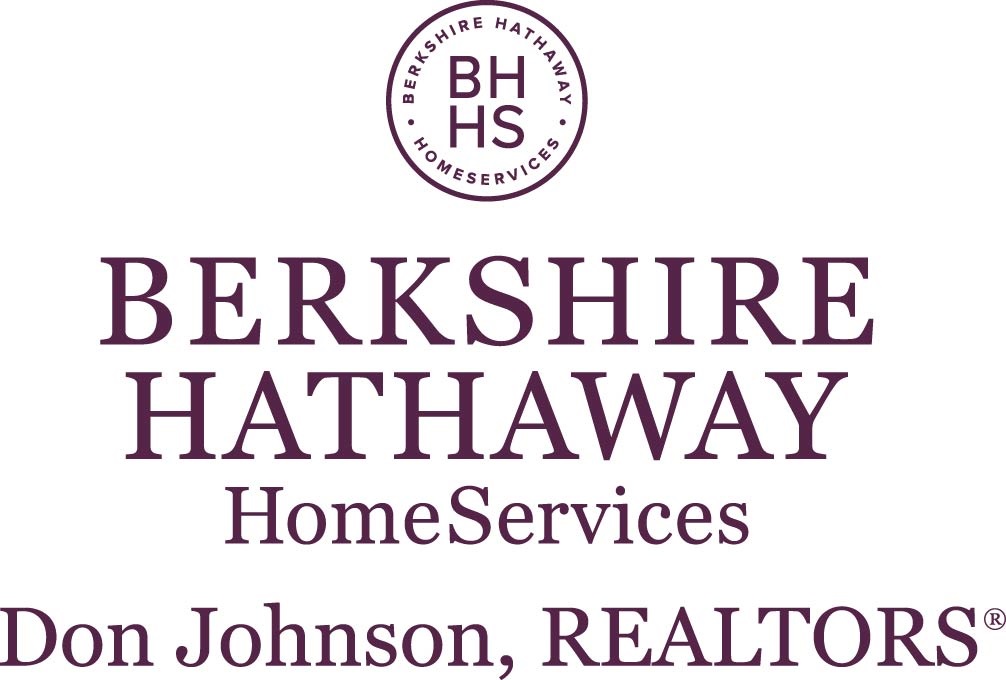Ways to check to see if you are wasting water.
No one wants to waste water or money. For that reason, take a few minutes every other month to do the following inspections:
- Check to see if cutoff valves on sinks and toilets are working properly.
Many times, builders will put individual cutoffs on supply lines to sinks and toilets. It is reasonable to expect them to work but after some time, they can corrode which prevents opening and closing. It is a good idea to test them occasionally before you need them in an emergency.
- Fill each sink with a few inches of water to see if they drain in what you feel is a normal time.
A slow-draining sink can be an indication of a clog that builds up around the insides of the pipe. Common causes are food, grease, hair and soap scum. Plunging can take care of some slow-running sinks. After partially filling the sink with water, seal the plunger over the drain and pump it up and down a few times.
- Inspect each toilet to see if they are leaking water from the tank into the bowl.
Toilets that continue to run after being flushed can use a large amount of water in a month’s time. Generally, the problem comes from a flapper that doesn’t seat properly. Sometimes, the chain is keeping it from closing properly or the flapper itself may need to be replaced.
Another issue could be that the flush valve needs to be replaced. These can be purchased at Lowe’s or Home Depot for about $20.00 and are relatively easy to change out. There are lots of instructional videos on the internet and it can save money if you give it a try.
If you need a recommendation for a good plumber to take care of something you discover, please feel free to call me at (830) 708-7199.


